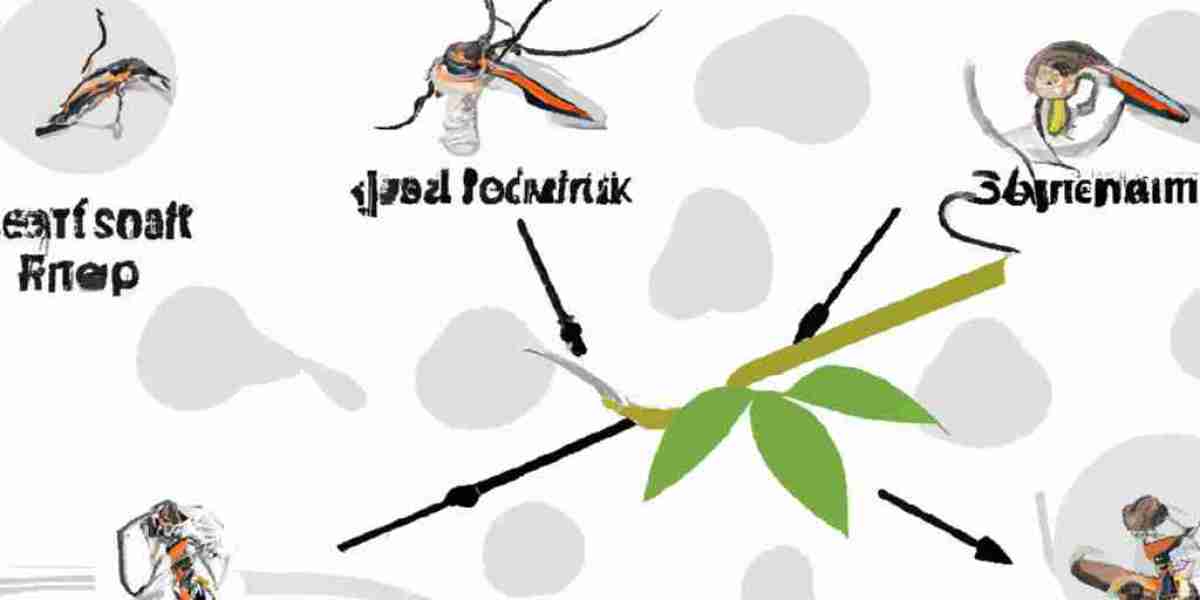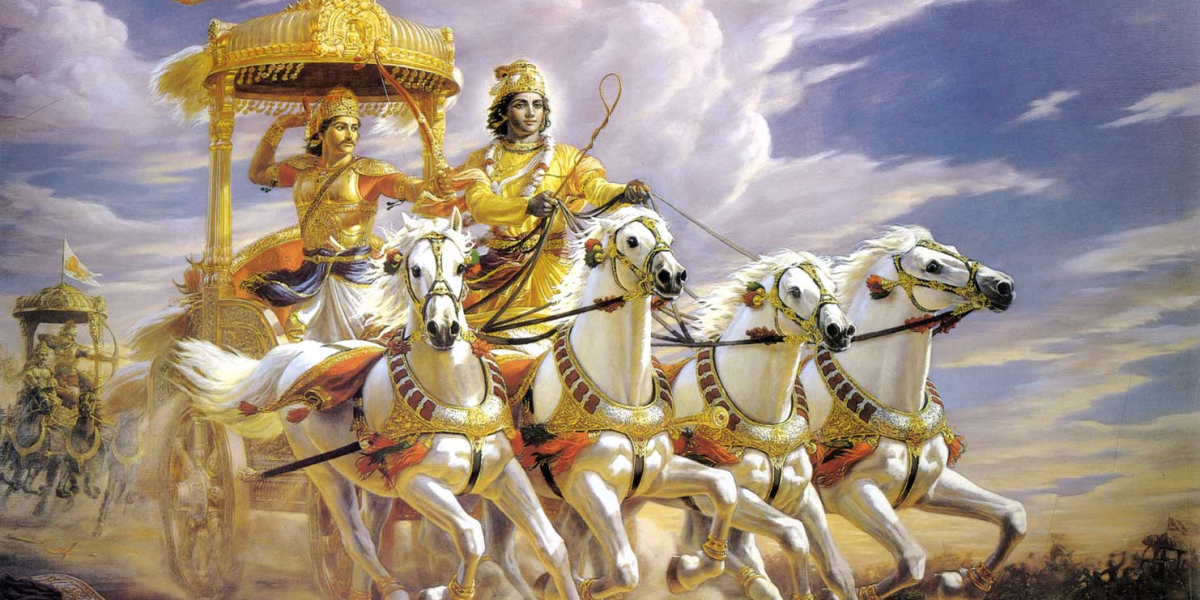How mosquitoes are formed
Have you ever wondered how mosquitoes, those pesky insects that seem to be around everywhere, are formed? In this article, we will explore the life cycle and formation of mosquitoes, shedding light on their evolution and important ecological role.
Introduction
Mosquitoes belong to the insect order Diptera, commonly known as true flies, and their scientific name is Culicidae. They have been around for millions of years and are found in nearly every corner of the world. Understanding their formation and life cycle can help us better comprehend their behavior, control their population, and prevent the spread of diseases they carry.
Life Cycle of Mosquitoes
The life cycle of a mosquito consists of four stages: egg, larva, pupa, and adult. This progression from egg to adult mosquito may take anywhere from 4 days to several weeks, depending on environmental conditions and species.
1. Egg: Female mosquitoes lay their eggs in various aquatic habitats, such as stagnant water, wetlands, or even artificial containers like tires or gutters. The eggs are usually laid in clusters called rafts, which can contain anywhere from a few dozen to a few hundred eggs. They are designed to withstand dry conditions until they are flooded with water, triggering their hatching.
2. Larva: Upon hatching, the mosquito larvae emerge from the eggs. They live in the water and breathe through a specialized structure called a siphon. Larvae feed on organic matter and microorganisms present in their aquatic environment. They undergo a series of molts as they grow, moving through multiple instar stages before reaching maturity.
3. Pupa: Once the larvae have completed their final molt, they transform into pupae. Pupae do not feed and do not resemble adult mosquitoes. Instead, they undergo various physiological changes within a protective casing known as the pupal case. Respiratory structures develop, preparing them for their emergence as adult mosquitoes.
4. Adult: After a few days as pupae, adult mosquitoes emerge from the pupal case and rest on the water's surface until their wings dry and harden. They then take their first flight. Male mosquitoes typically feed on nectar from flowers, while female mosquitoes require a blood meal to develop and lay eggs. Females possess specialized mouthparts to pierce the skin of a host, typically mammals or birds, from which they take a blood meal necessary for nourishing their eggs.
Evolution of Mosquitoes
Mosquitoes have a long evolutionary history, with fossils dating back over 200 million years. They are believed to have evolved from primitive fly-like insects. The adaptation of females to utilize blood as a protein source for their eggs played a crucial role in their development.
Throughout their evolution, mosquitoes have gone through numerous physical and behavioral adaptations that have allowed them to become such successful and widespread insects. Their ability to rapidly reproduce, adapt to various habitats, and utilize different hosts for blood meals has contributed to their survival and propagation.
Ecological Role of Mosquitoes
While mosquitoes are commonly associated with annoyance and disease transmission, they also play important ecological roles. In their larval stages, mosquito larvae feed on organic matter and microorganisms in aquatic habitats, contributing to nutrient recycling and acting as prey for various aquatic organisms.
As adult insects, mosquitoes often serve as a source of food for other animals. Many amphibians, birds, and bats rely on mosquitoes and other small insects for sustenance. Therefore, removing mosquitoes altogether could potentially disrupt various food chains and ecological balances.
Mosquito-Borne Diseases
Unfortunately, mosquitoes also bear the reputation of being responsible for the transmission of several deadly diseases. Malaria, dengue fever, Zika virus, and West Nile virus are just a few examples of diseases transmitted by mosquitoes to humans and animals.
It is essential to control mosquito populations, primarily by preventing their breeding in stagnant water sources and implementing effective repellents and protective measures to minimize disease transmission.
Conclusion
Mosquitoes, with their remarkable ability to adapt, reproduce rapidly, and utilize diverse hosts, have been around for millions of years. Learning about their life cycle, evolution, and ecological role can help us develop better strategies for mosquito control and minimize the risks associated with disease transmission. By understanding mosquitoes more comprehensively, we can coexist with these insects while protecting our health and the balance of ecosystems.







